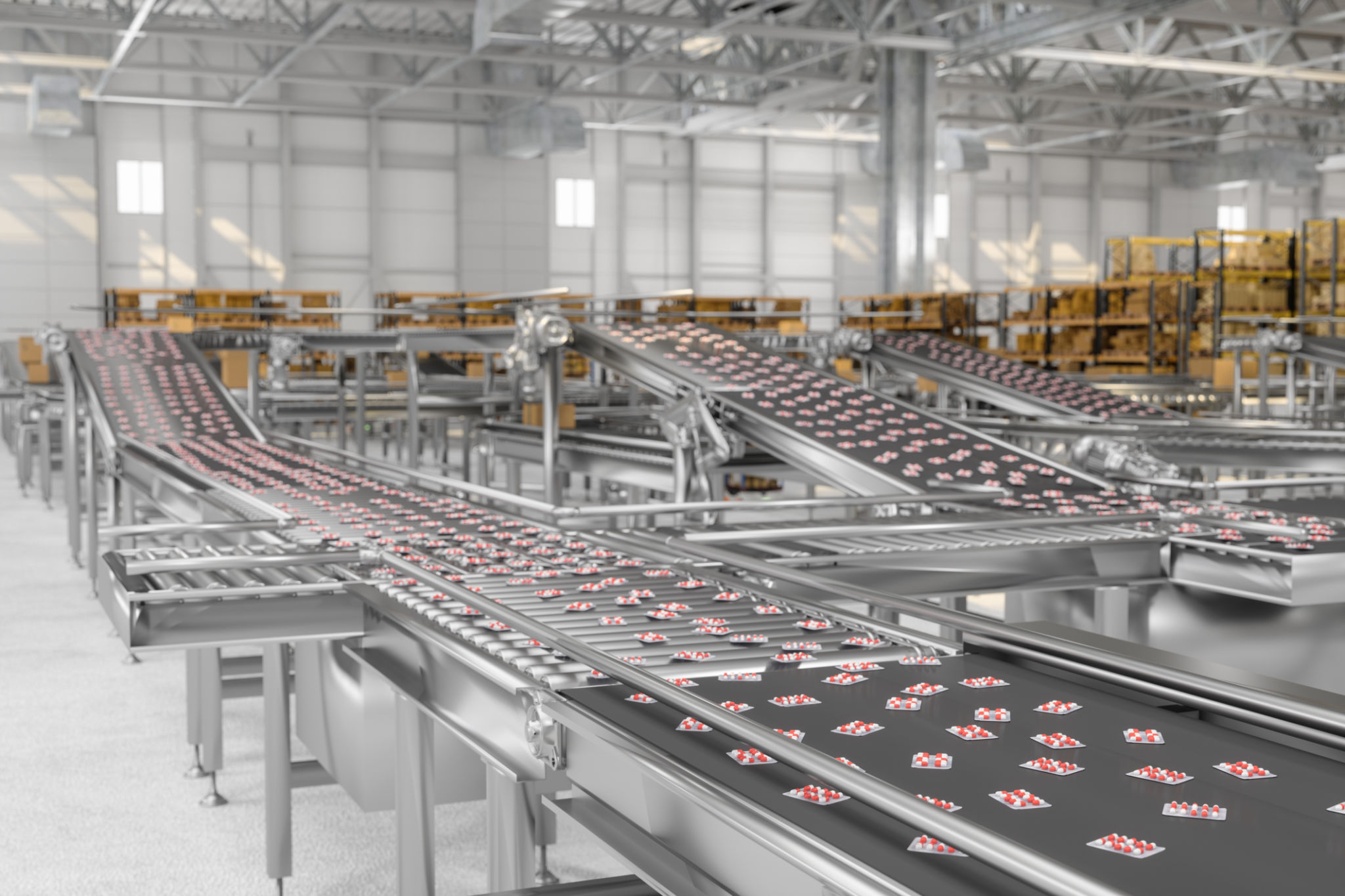Seasonal Challenges in Healthcare Equipment Logistics: How to Prepare
Understanding Seasonal Challenges in Healthcare Equipment Logistics
Seasonal changes can significantly impact the logistics of healthcare equipment. Each season presents unique challenges that require careful planning and proactive strategies. From winter storms disrupting transportation to summer heat affecting storage conditions, understanding these challenges is crucial for maintaining efficient logistics operations.

Winter: Navigating Harsh Weather Conditions
Winter is notorious for its harsh weather conditions, which can disrupt transportation networks. Snow and ice can lead to road closures and delays, impacting the timely delivery of essential healthcare equipment. To mitigate these risks, it's essential to partner with logistics providers who have experience navigating winter weather and can offer alternative routes or expedited shipping options.
Additionally, ensuring that warehouses and storage facilities are equipped to handle freezing temperatures is crucial. Proper insulation and heating systems can protect sensitive equipment from damage caused by extreme cold.
Spring: Managing Increased Demand
Spring often brings an increase in demand for healthcare equipment as health facilities prepare for seasonal illnesses like flu outbreaks. This surge in demand can strain supply chains if not properly managed. Anticipating these spikes and maintaining adequate inventory levels can help avoid shortages and ensure that healthcare providers have the necessary equipment on hand.

Summer: Tackling Heat and Humidity
Summer poses its own set of challenges, with heat and humidity affecting the storage and transportation of medical devices. Certain equipment is sensitive to high temperatures, which can cause malfunctions or degrade performance. Implementing climate-controlled storage solutions can prevent such issues, ensuring that equipment remains in optimal condition.
Moreover, scheduling deliveries during cooler parts of the day can minimize the risk of heat exposure during transportation. Regular checks on transportation vehicles' cooling systems are also advisable to maintain a stable environment for sensitive shipments.
Autumn: Preparing for the Cold Season
Autumn is a transitional period that requires logistics teams to prepare for the upcoming cold season. This involves reviewing and updating winter preparedness plans, such as ensuring that vehicles are equipped with appropriate tires and that staff are trained for winter driving conditions.

Best Practices for Year-Round Efficiency
Regardless of the season, certain best practices can enhance the efficiency of healthcare equipment logistics:
- Forecasting and Planning: Regularly analyze data to forecast demand and adjust inventory levels accordingly.
- Supplier Relationships: Maintain strong relationships with suppliers to ensure quick responses to any sudden changes in demand or supply chain disruptions.
- Technology Utilization: Leverage technology such as GPS tracking and logistics management software to optimize routes and monitor shipments in real-time.
Conclusion
Navigating the seasonal challenges in healthcare equipment logistics requires a proactive approach and a thorough understanding of each season's unique demands. By implementing strategic measures and leveraging technology, healthcare providers can ensure the timely and efficient delivery of essential equipment year-round. Preparedness is key to overcoming these challenges and maintaining a resilient supply chain.
